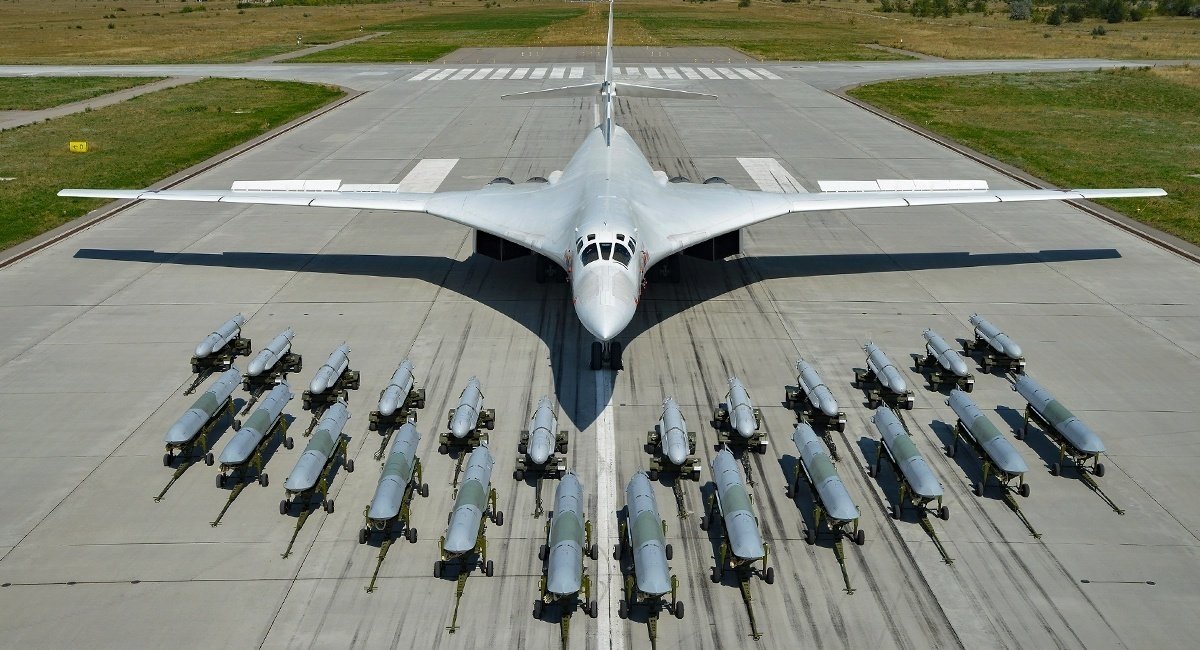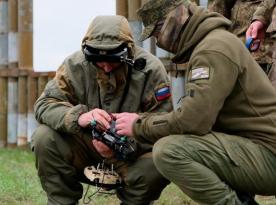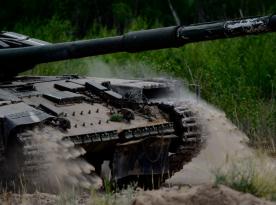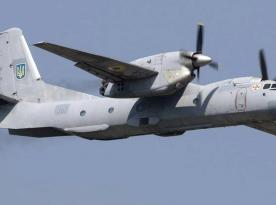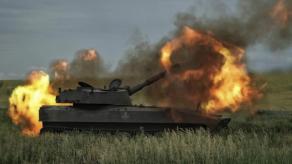The tempo of russian shelling with long-range weapons has decreased over the past time: the last massive attack was attempted on March 9 with 81 missiles, including 48 cruise missiles of the Kh-101, Kh-555 and Kalibr types. Since then, russian invasion forces halted using some of the types of long-hand weapons and have been accumulating them, instead focusing on spending old Kh-59, Shahed-131/136 kamikaze drones, missiles for S-300/400 systems in the long range, and glide bombs against frontline-adjacent cities.
One of the most likely reasons for slowing the shelling down would be that Kremlin decided to save as many missiles as possible till the start of another campaign against critical infrastructure as soon as the cold comes. However, the Ukrainian Air Force Command (AFC) assures, they won't be able to produce much by that time.
Read more: russians Started to Actively Use Guided Air Bombs in Ukraine: Which Kinds Exist, What is the Threat and How to Counter
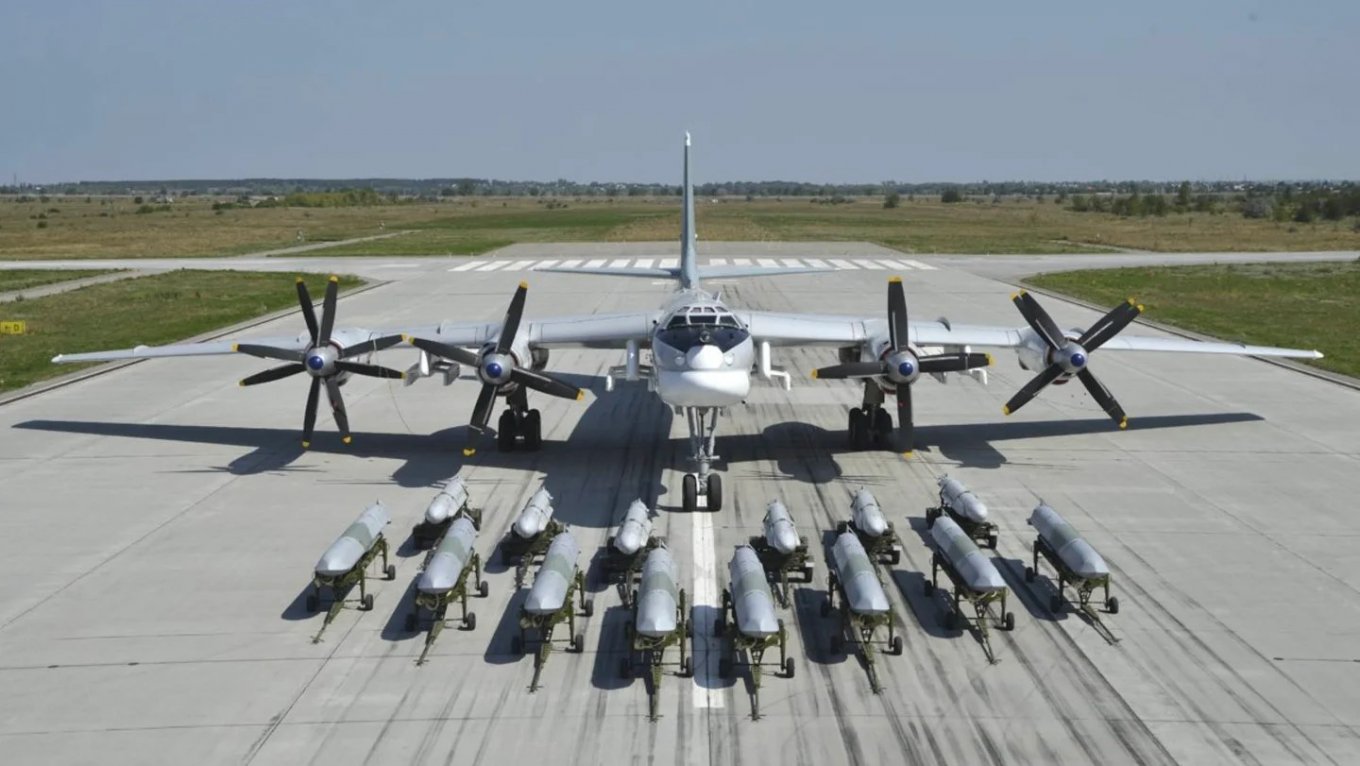
"The russian federation will use all means and methods of accumulating missile potential. Last autumn and winter they launched so many missiles that they won't be able to gather even a third of that amount over the period left by autumn 2023," AFC spokesperson Yurii Ihnat said.
According to the calculations by the AFC, russians spent 869 missiles of various types from October 10 when the first massive missile attack targeted critical infrastructure up until March 9. The weapons used over that period include Kh-101, Kh-555, Kalibr cruise missiles, Iskander short-range ballistic missiles, anti-ship Oniks and Kh-22 missiles, and aging Kh-59 missiles – that is not to mention all the Shahed attack drones procured from iran.
Ukrainian military estimate that russian military industry with current capacities will be able to produce about 300 long-range missiles from April to October 2023. Based on the previous experience that russians fired 96 missiles in the October 10 salvo last year, launching an average of 63 missiles in subsequent attacks, they will have enough missiles to strike five times. In contrast, russians did 16 massive shellings from October 10, 2022 to March 9, 2023.
That leads to the conclusion voiced by Yurii Ihnat, that russia will try to find additional sources of long-range weapons.
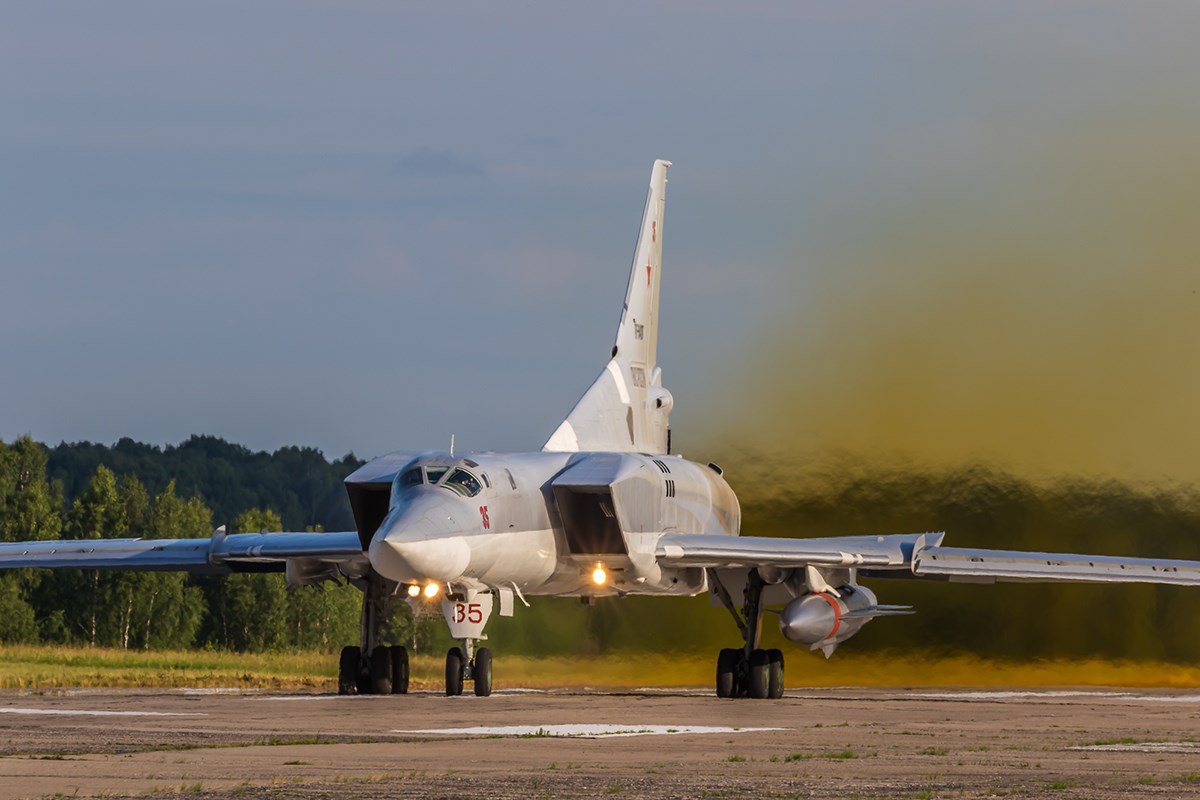
Read more: Russia Used its Newest Su-57 Stealth Fighter to Bombard Ukraine with Aging, Soviet-Era Kh-59 Missiles




